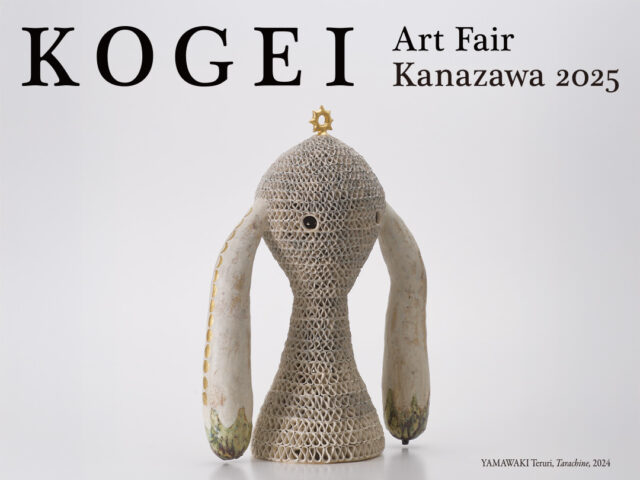“Craft Competition in Takaoka, Tokyo Exhibition” Will Be Held in Marunouchi
Featured Exhibitions & Events VOL.51
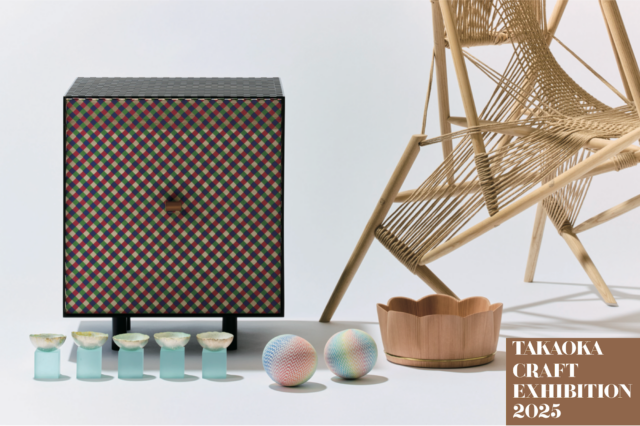

VOL.1-51
Update

VOL.1-23
Update

VOL.1-25
Update
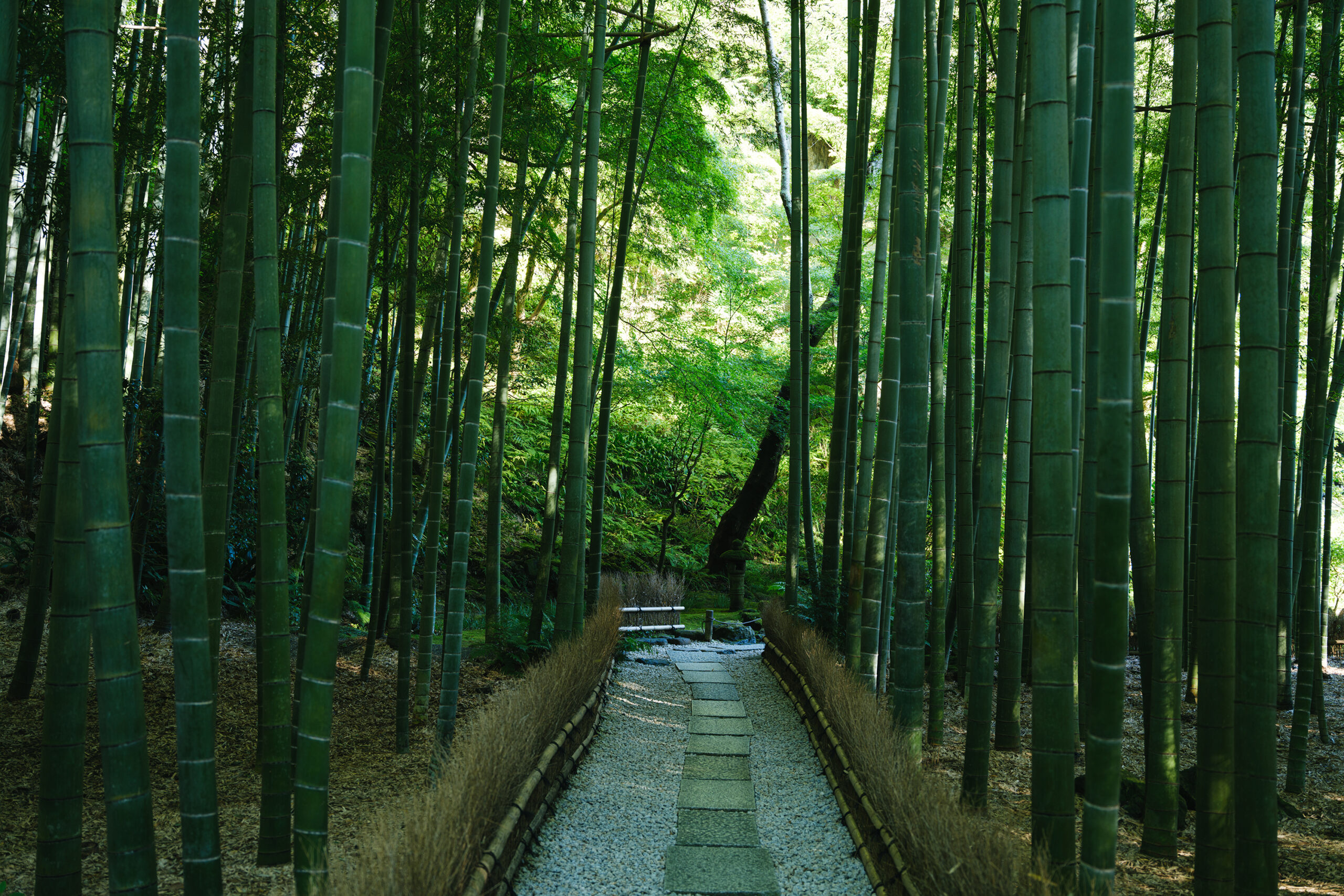
VOL.1-3
Update
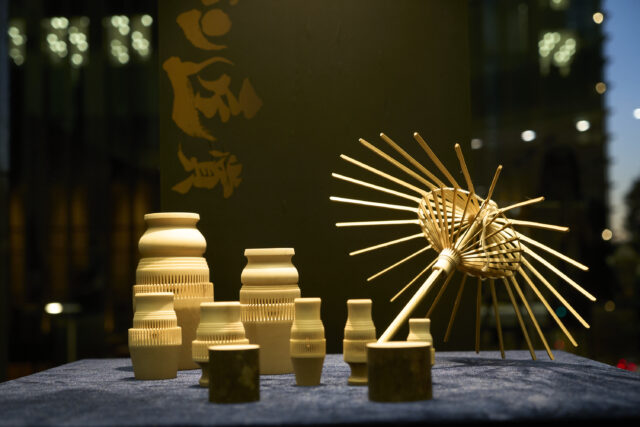
VOL.1-27
Update
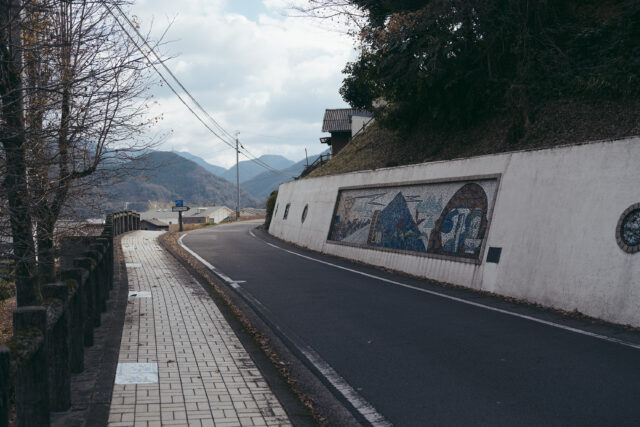
VOL.1-4
Update
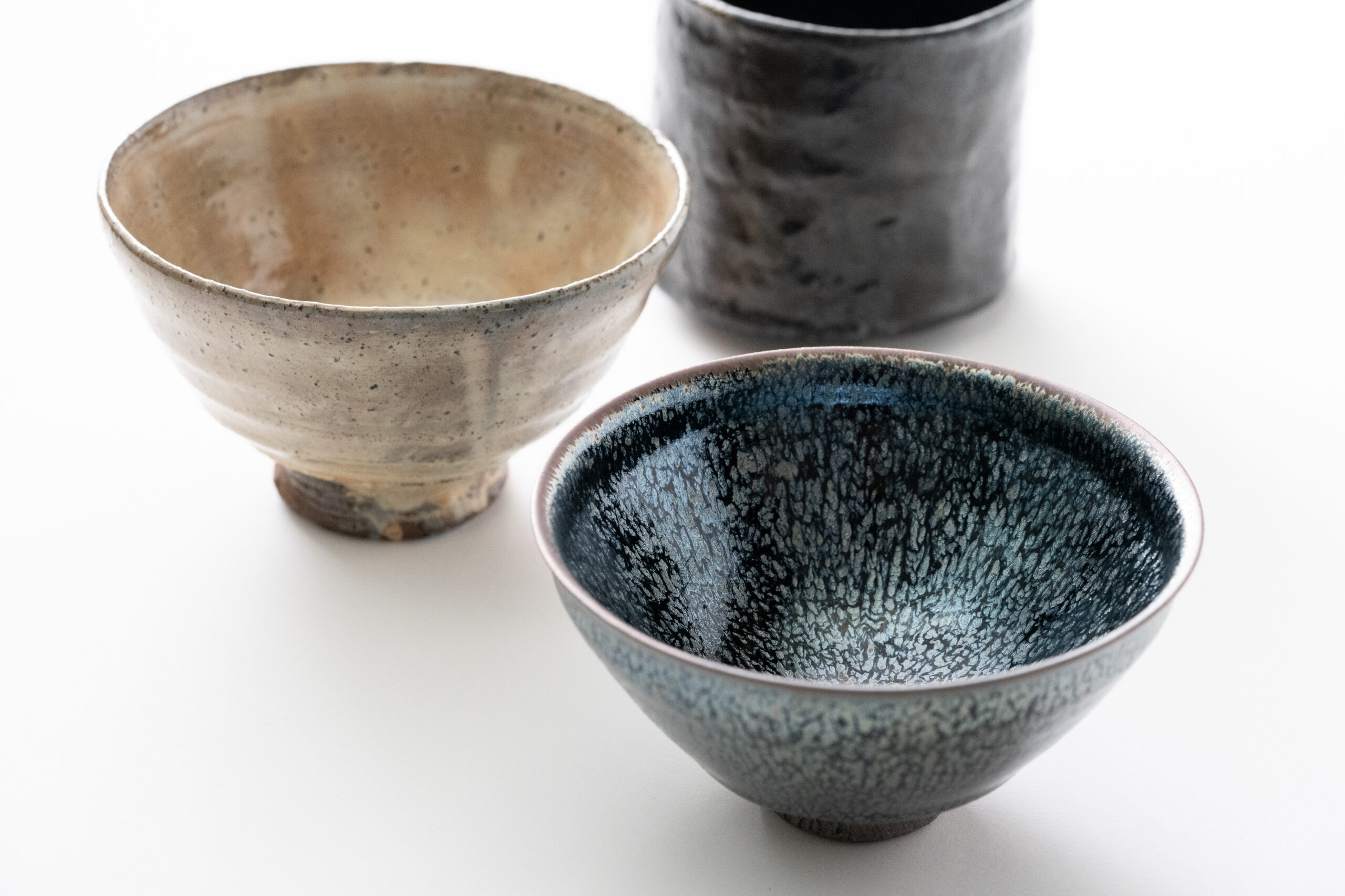
VOL.1-3
Update

VOL.1
Update
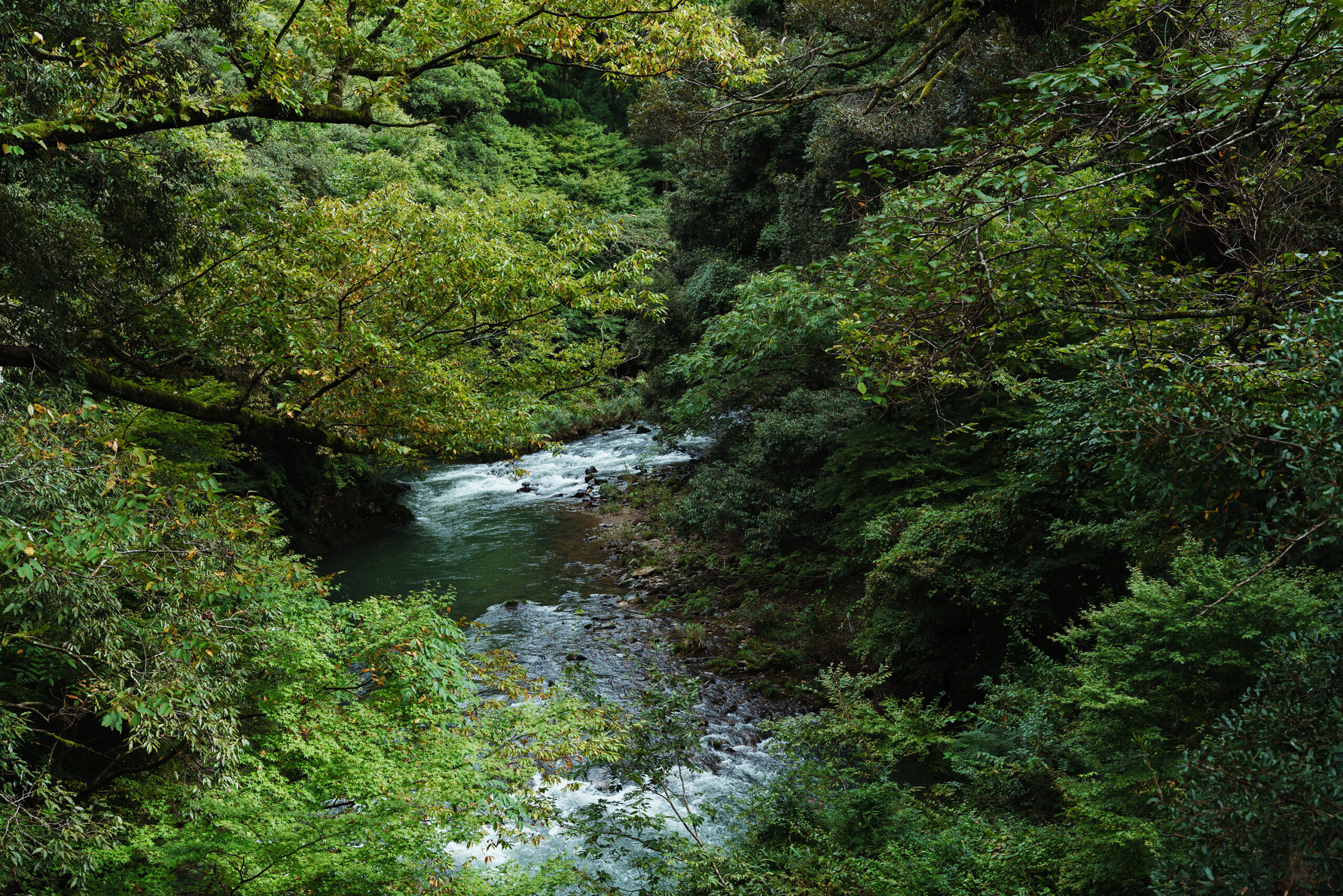
VOL.1-7
Update
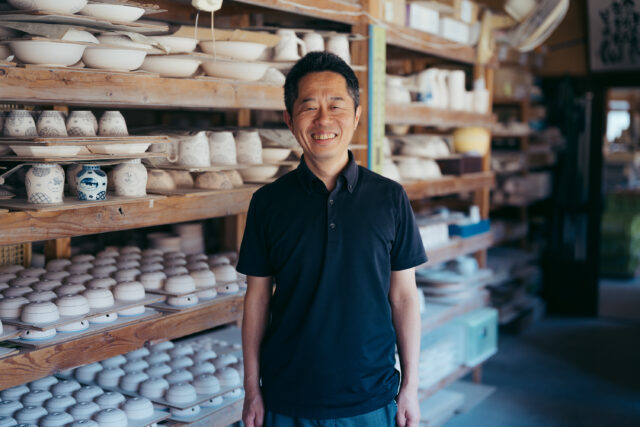
VOL.1-32
Update
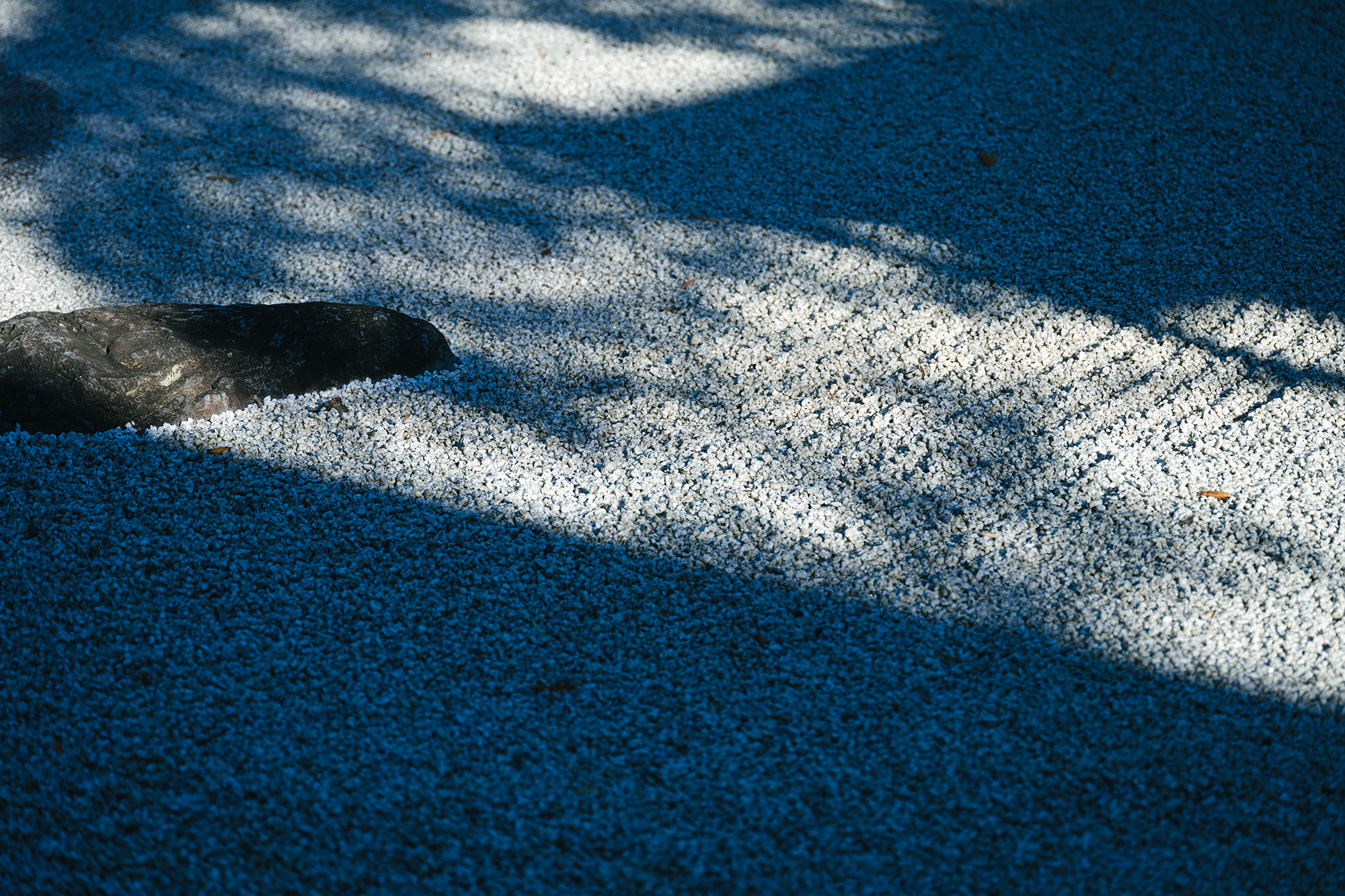
VOL.1-12
Update
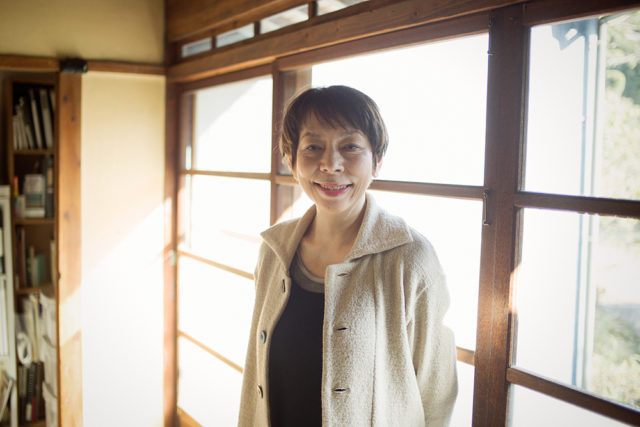
VOL.1
Update
We share a variety of information and perspectives on Japanese crafts, including exhibition information and interviews.
Featured Exhibitions & Events VOL.51
New Products VOL.23
KOGEI Topics VOL.25
Featured Exhibitions & Events VOL.50
Dec 9, 2025 – Mar 1, 2026
National Crafts Museum
Dec 20, 2025 – Feb 1, 2026
Nezu Museum
Dec 26, 2025 – Jan 14, 2026
WAKO B1F ARTS & CULTURE
Jan 6 – Mar 10, 2026
The Japan Folk Crafts Museum

It can be warm and rustic. It can be cool and delicate. Even though a host has a singular purpose in preparing a bowl of tea for a guest to enjoy, the expressions of tea bowls are diverse. This is precisely why a host can imbue a tea bowl with a sense of the season or personal sentiment, and the guest, sensing this, can connect on a deeper level.
In this chapter, we will explore the elements that shape the personality of a tea bowl and introduce ways to appreciate them.
When looking at a tea bowl, its shape has a significant impact on the overall impression. The section of the tea bowl that is about halfway up when viewed from the front is called the “body,” and the area below it is referred to as the “waist.” A Tenmoku tea bowl, where the waist is smaller than the body, often gives a refined impression, while a Raku tea bowl, where the body and waist are the same width, tends to give a sense of solidity. Raku tea bowls are made by hand without using a potter’s wheel, which gives them a sense of thickness and roundness, making them comfortable to hold as if they fit perfectly in both palms. Shapes such as the “do-jime” with a narrowed body or the “koshi-neji” with petal-like decorations at the waist add soft curves that also alter the impression of the tea bowl.
The bottom-most part of a tea bowl, which touches the tatami mats and supports the bowl, is called the “kodai,” or “foot.” While there are differing examples like the tall-footed “bajo-hai,” typically, the foot is small and can be challenging to appreciate. This is precisely why, when holding a tea bowl, one should pay attention to the underside as well. Normally, this part is only lightly touched by the fingers when handling the bowl, but it is an interesting area where glimpses of the artisan’s intentions can be seen, through various techniques such as making incisions, drawing patterns with a brush, and more. Designs like the “tokin,” which features a small, pointed center, and the “sakura,” where the foot itself is shaped like a cherry blossom, are particularly beautiful. When you hold a tea bowl, why not also appreciate the playful spirit of the artisan hidden in these unseen parts?
The delicate touch and intricate patterns of sometsuke (blue-and-white porcelain) tea bowls create an elegant impression. This beauty is the result of thoughts and skills of the artisan. The impression created by the glaze and the unpredictable yohen effect that arises during the firing, on the other hand, are the beauty created by nature, beyond the creator’s planning.
When viewed from above, the deepest part in the center of a tea bowl is called the “cha-damari” (“tea pool”), and the surrounding area is known as the “mikomi.” Glaze poured over the tea bowl flows into the mikomi, creating dynamic and lively patterns. Sometimes, one can see “kan-nyu” crackle patterns, which occur due to the difference in the shrinkage rates between the glaze and the clay, shining on the surface. Around the kodai, the “foot” of a bowl, you may find “kairagi” (literally, “plum flower skin”), where the glaze has shrunk and become grainy. This term is derived from the shark skin wrapped around sword sheaths and grips, giving it a rough texture.
In an unglazed, high-fired “yakishime” style tea bowl, one can sometimes find yohen, glaze-like effects on the surface where ash from the kiln falls onto the bowl and melts. The patterns and colors produced by this process vary depending on how the ash settles, the placement of the bowl in the kiln, and how the flames touch it. The combinations of these variables create powerful and unique expressions both inside and outside the tea bowl, transcending the artisan’s original intentions.
Even after leaving the hands of the artisan, tea bowls continue to change over time as tea and moisture seep into their kan–nyu, or crackles. The texture created by the artisan’s design and the unintended forces of nature is further enhanced by the bowl’s repeated use, adding to its beauty over time.
Written by Fumiko Tokimori
References
– The Handbook of Tea Ceremony Utensils. (Tankosha)
– Kono, Emiko (editor). Understanding Ceramics from Zero. (Sekai Bunka Publishing)
